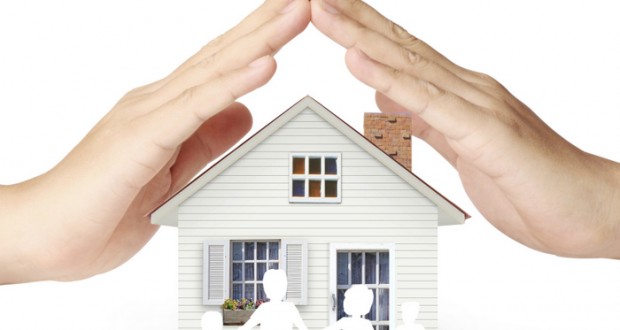Replacing the roof is something every homeowner must go through every ten years or so. For the environmentally-conscious, it can be a great opportunity to increase the value of your home while decreasing your carbon footprint. There is an increasing demand for green roofs, and there have never been more options available. Exciting new research being done in materials science has opened the door to novel methods of increasing the efficiency of existing “cool roofing” materials
Recycled Roofs

There are many sustainable alternatives to traditional concrete asphalt roof tiles currently on the market. Most of these use reclaimed or repurposed substances. These green options include materials such as recycled plastic shingles, recycled metal roofs, sustainably harvested or reclaimed wood roofs. One of the most popular and eco-friendly of these options is shingles made from recycled waste materials, such as plastic, rubber, or wood fiber.
Wood shingles and shakes are used in many regions, although they are commonly made using lumber from old-growth trees — not a sustainable practice. Using reclaimed lumber shingles eliminates this concern. Slate and clayroofing tiles are an extremely durable alternative to asphalt and can last for hundreds of years — though slate will typically last longer than clay.
Slate-coated reinforced rubber shingles, recycled from steel-belted radial tires, are another extremely durable option. Roofs made of metal, such as steel or aluminum, can last two to four times as long as asphalt, can be recycled when they wear out, and generally contain a lot of recycled material to begin with.
Using the recycled materials available for roofing diverts waste from landfills and decreases the demand for the extraction of new raw materials. It can also save you money in the long run. While eco-friendly roofingoptions can sometimes cost more, they are typically more durable than traditional asphalt shingle roofs, which have to be replaced every 10 or 20 years. Recycled or metal roofs will last 50 to 100 years, depending on the material used. Talk to your local roofing company about what’s on offer.
Cool Roofs

“Cool roofs” are roofs that reflect heat instead of absorbing it. They are ideal for people living in warmer regions and can substantially cut down on air conditioning bills. Going with a white roof over a darker-colored roof alone can have a great cooling effect on your home, but this is just the tip of the cool roofingiceberg. Materials science has led to some exciting breakthroughs in recent years.
A research team from the University of Technology, Sydney, has developed a super cool surface that keeps its temperature below that of the ambient air around it, even in the full glare of the Australian summer sun. They achieved this using a “coated polymer stack”— layers of polyesters coated onto a layer of silver. In testing, this material absorbed only 3% of sunlight, reflecting the rest back into space using infrared frequencies not absorbed by the atmosphere. Stanford University has also developed something called a “photonic radiative cooler.” Its mechanism is twofold: it can act as a mirror and as a radiator. The alternating layers of silicon dioxide and hafnium oxide are designed to reflect incoming light and modify the wavelength so that it can’t be absorbed by greenhouse gasses.
Traditional cooling systems like air conditioning use electricity to take the absorbed heat from inside a building and dump it outside into the surrounding area. In urban areas, this contributes to an effect known as the “urban heat island” where the dissipated heat causes temperatures in the immediate area to rise. Since both these new materials reflect heat back into space instead of the surrounding atmosphere, they could decrease this effect if used on a local scale. If used on a global scale, they could help combat global warming.
Better Roofs for a Better World

The world is warm and getting warmer. A large portion of the population of the earth already lives in places with hotter climates. Cool roofs make the insides of homes cooler in the summer while saving energy and money. If enough people in an area were to use these new materials, the overall climate of that area could be beneficially impacted. By decreasing energy use, heat absorbed by greenhouse gasses, and the sustainability of materials used, green roofing options go a long way toward making the planet a better place to live.
Article Submitted By Community Writer




